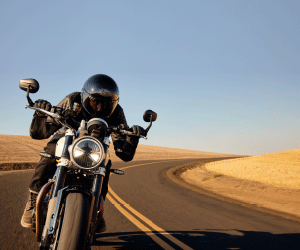Luca Marini expresses his enthusiasm for the new MotoGP season and his new adventure with his team. He highlights the strong relationship he has built with his team, including the Japanese engineers. Marini appreciates the continuous communication and support, which has fostered a positive and collaborative environment within the team.
Marini acknowledges the team’s awareness of their current potential and emphasizes the importance of keeping an open mind and working diligently in the early races to prepare and develop the bike as effectively as possible. He aims to close the gap to the front runners and fight for good positions in the shortest time possible, although he admits that achieving top results immediately is not the primary target.
When asked about the potential of the bike, Marini suggests that the bike’s performance might be better than what was observed during testing, but it’s too early to make definitive statements. He points out that the true performance of the competitors and the effectiveness of the tires used during testing are still unknown factors.
Transitioning from a satellite rider to a factory rider, Marini discusses the significant changes and increased responsibilities that come with his new role. He is motivated by the challenge and the opportunity to work closely with Honda to find solutions and make improvements to the bike. Marini is particularly focused on addressing the bike’s rear grip issues, which he believes is the main area that needs improvement.
Marini is pleased with Honda’s responsiveness to his feedback and the productive relationship they have developed. He finds the bike’s gearbox and electronic systems to be strong points but acknowledges that there is still room for improvement in overall performance.
Physically, Marini has adapted well to the bike, despite being one of the taller riders in the paddock. He has worked with Honda to adjust the bike’s ergonomics to fit him better, which has resulted in a comfortable riding position.
Lastly, Marini comments on the faster lap times seen in preseason testing, attributing them to improvements in tire performance, more rubber on the track from increased laps by riders, and significant advancements in bike technology over the past few years. He believes that a combination of these factors has contributed to the overall increase in performance and speed in the MotoGP field.











